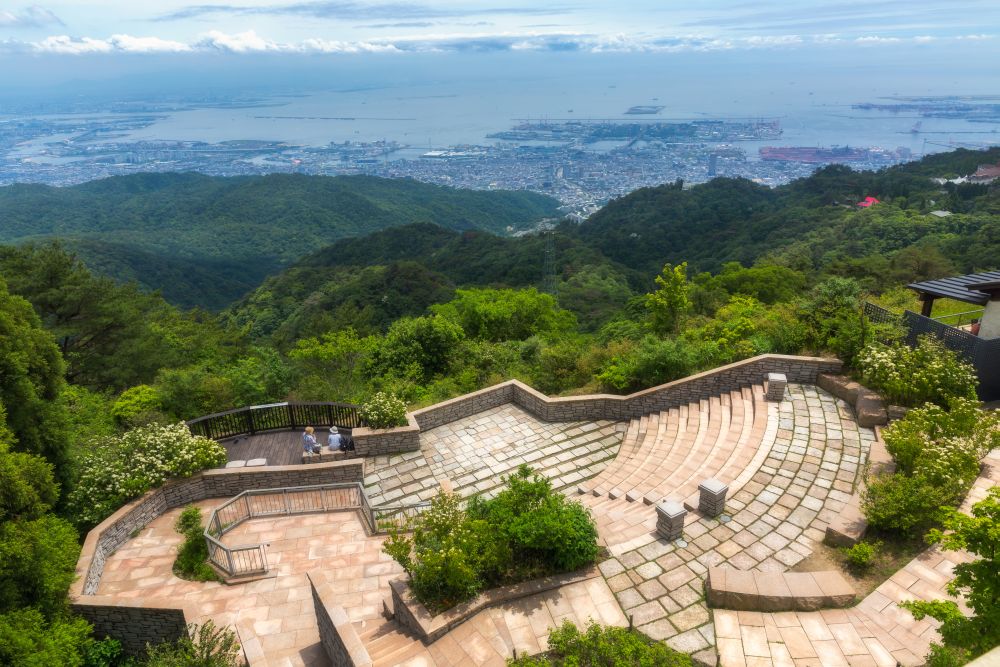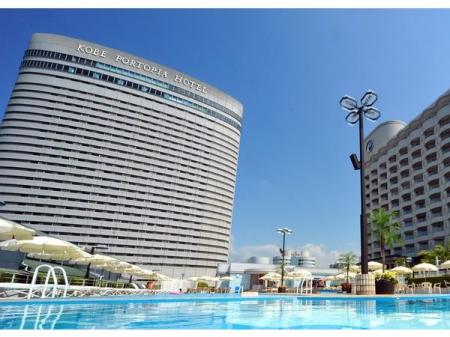Hyogo, Japan Feb. 22 Sat 9:56PM
The Capital of Hyogo Prefecture
One of the ten largest cities in Japan, one of Japan’s most attractive cities, and one of the first in Japan to open its ports to foreign trade: Kobe is a marvel not to be missed.
Kobe locals speak Kobe-ben: a sub-dialect of Kansai dialect. This dialect differs from others mostly in that it has a “perfect” tense and a “progressive” tense: both qualities that which describe the nature of Kobe city itself.
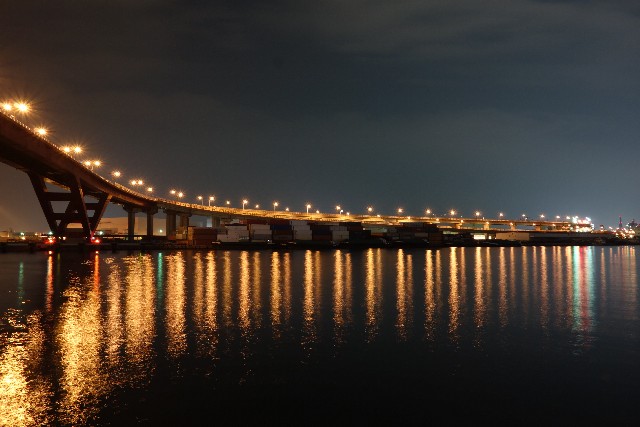
The city is the place of origin of the world famous Kobe beef, and is home to Japan’s most famous hot spring resort: Arima Onsen.
Kobe Beef
Most breeds of Japanese Wagyu beef are associated with the area in which the cattle are raised – hence, Kobe beef is the breed of Wagyu from Kobe. There is a popular rumor that kobe cattle are fed beer and massaged with sake – this is not true, and the reason kobe beef tastes so good is because it has to pass a series of strict requirements in order to be bestowed with the Kobe Beef trademarked label. One of the best ways to enjoy this food in Kobe is to visit a teppanyaki restaurant, where the meat is grilled in front of diners on an iron plate pre-installed into the table.

Arima Onsen
Arima onsen is a popular day or weekend trip for Kobe and Osaka residents, as it is situated about 30-50 minutes away from each city. There is a small town around the actual hot spring, all of which can be traveled easily on foot. The spring offers two types of hot spring water: Kinsen and Ginsen. Kinsen means “gold water” in Japanese, and is good for skin imperfections, abrasions, and muscle pain. Kinsen translates to “silver water,” and is said to cure muscle and joint ailments because of its radium and carbonate properties. Admission depends on which bath you choose to visit, and costs between 500 and 2500 yen!

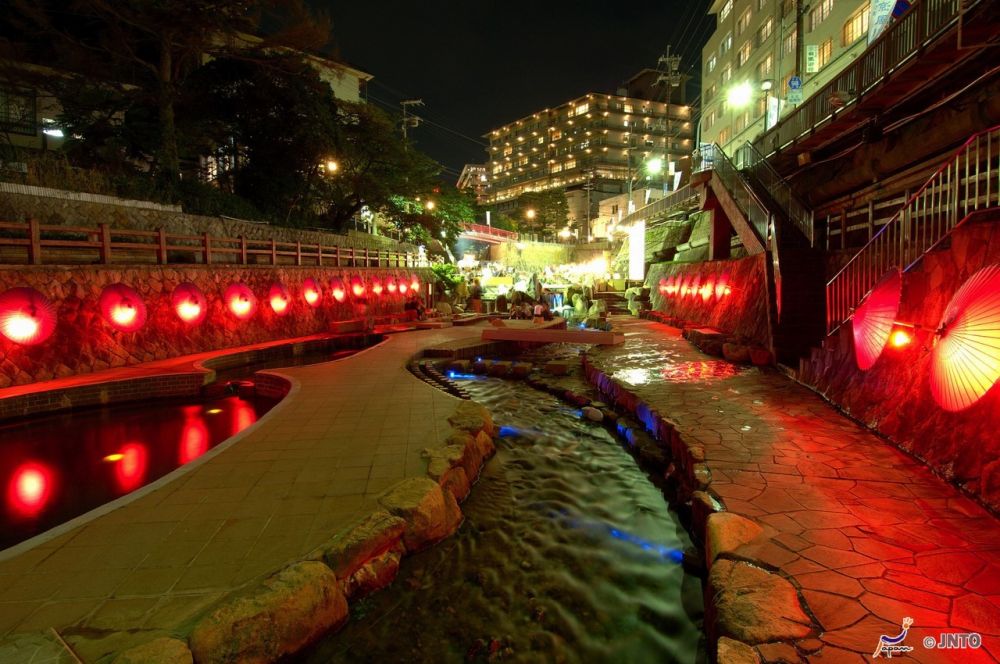
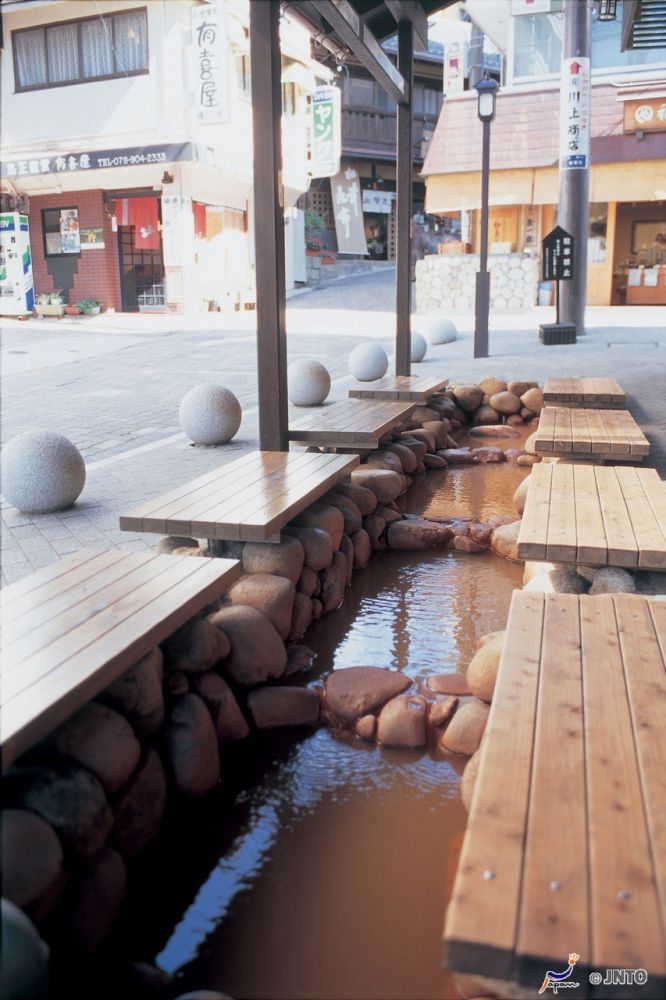
Meriken Park
A large, white, dynamic structure marks the waterfront park in the Kobe port area. The park displays a collection of modern art installations and some iconic contemporary architecture: notably the Kobe Port Tower and the Kobe Maritime Museum (the large white structure)! An earthquake memorial also stands in this area, and visitors can walk over to the port to see one unrepaired section of land, left intentionally to show the destructive power of the Great Hanshin.
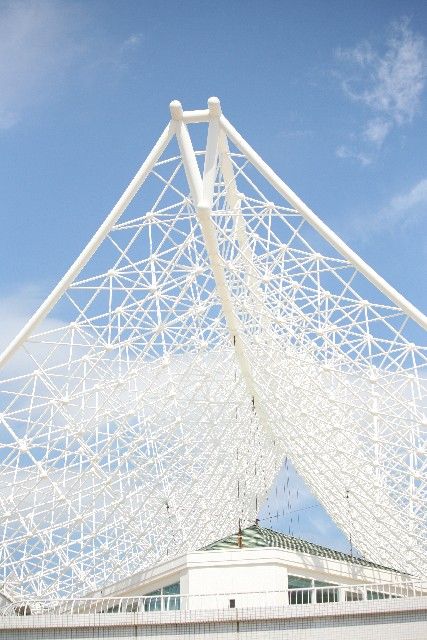
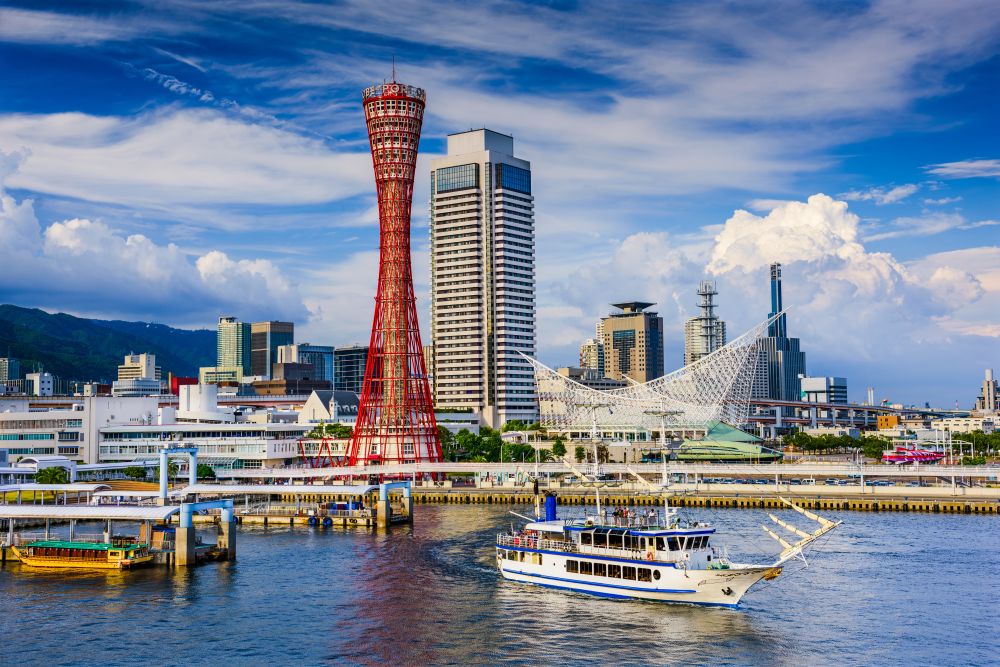
Kobe Earthquake Memorial Museum
The Great Hanshin-Awaji Earthquake hit Kobe in 1995, killing over 5,000 people and destroying tens of thousands of homes. The Kobe Earthquake Memorial Museum has been open to the public since 2002, and stands in commemoration of the lives lost to the disaster. Entry to this memorial is 600 yen.
Kobe Harborland
This shopping and entertainment district is very close to Meriken Park. The abundance of malls and cafes here, paired with the ferris wheel and seaside boardwalk, make this a prime location for a date or romantic evening.
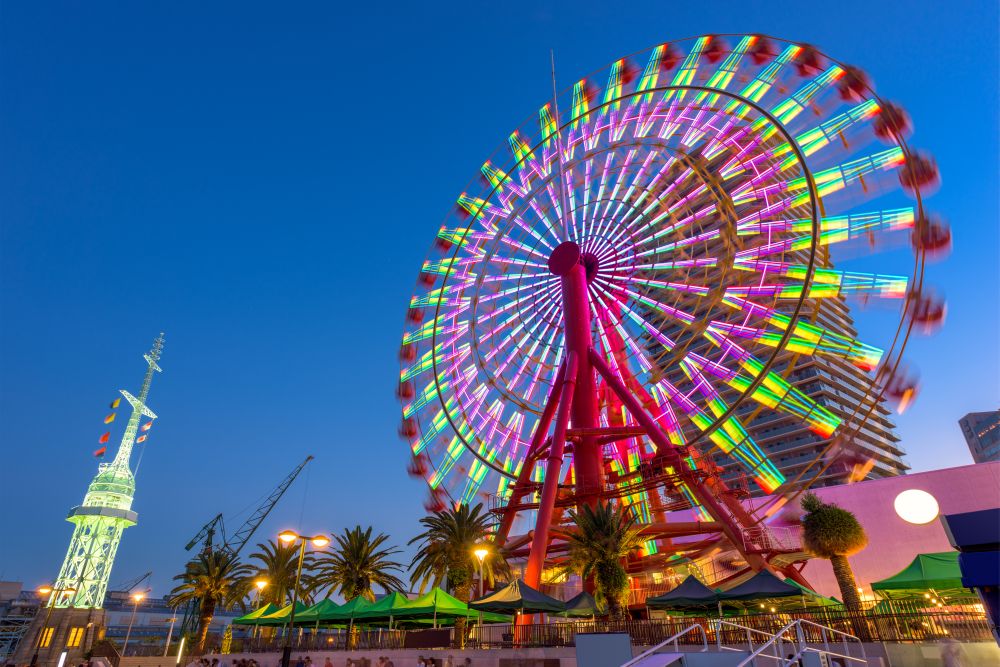
Nankinmachi – Kobe Chinatown
Nankinmachi is one of the only three official Chinatowns in Japan, and opened when Kobe’s port was opened to foreigners in 1868. It’s about a five minute walk south of Motomachi Station and five minute walk North of Meriken Park! Despite this area having to be rebuilt twice because of World War II and the earthquake, it still thrives as a major tourist attraction with over a hundred Chinese shops and restaurants and a Chinese temple.


Some other areas that may be of interest to visit are:
The Shin Kobe Ropeway: a ropeway ascending up Mount Rokko to a beautiful observation deck;
Akashi Kaikyo Bridge: linking Kobe to Iwaya on Awaji Island;
Kitano-cho: a small historical district;
Sorakuen Garden: a traditional Japanese landscape garden;
Hyogo Prefectural Museum of Art: a modern & contemporary art museum found along the waterfront;
Nada Sake District: A top sake producing region with many sake breweries offering tours, tasting flights, and classes.
Culture
Kobe has a beautiful night view of Mount Rokko, Mount Maya, and Osaka Bay. Fashion and sophistication are no strangers to this city, as it hosts the biannual Kobe Fashion Week and is often referred to as one of Japan’s most cosmopolitan areas. Some other notable events and venues that distinguish Kobe as a more progressive city are: Kobe Jazz Street Festival, the Kobe Golf Club (Japan’s first golf course,) Kobe Mosque (Japan’s first mosque,) a foreign cemetery, the Kobe City Museum, and the Kobe City Museum of Literature.
